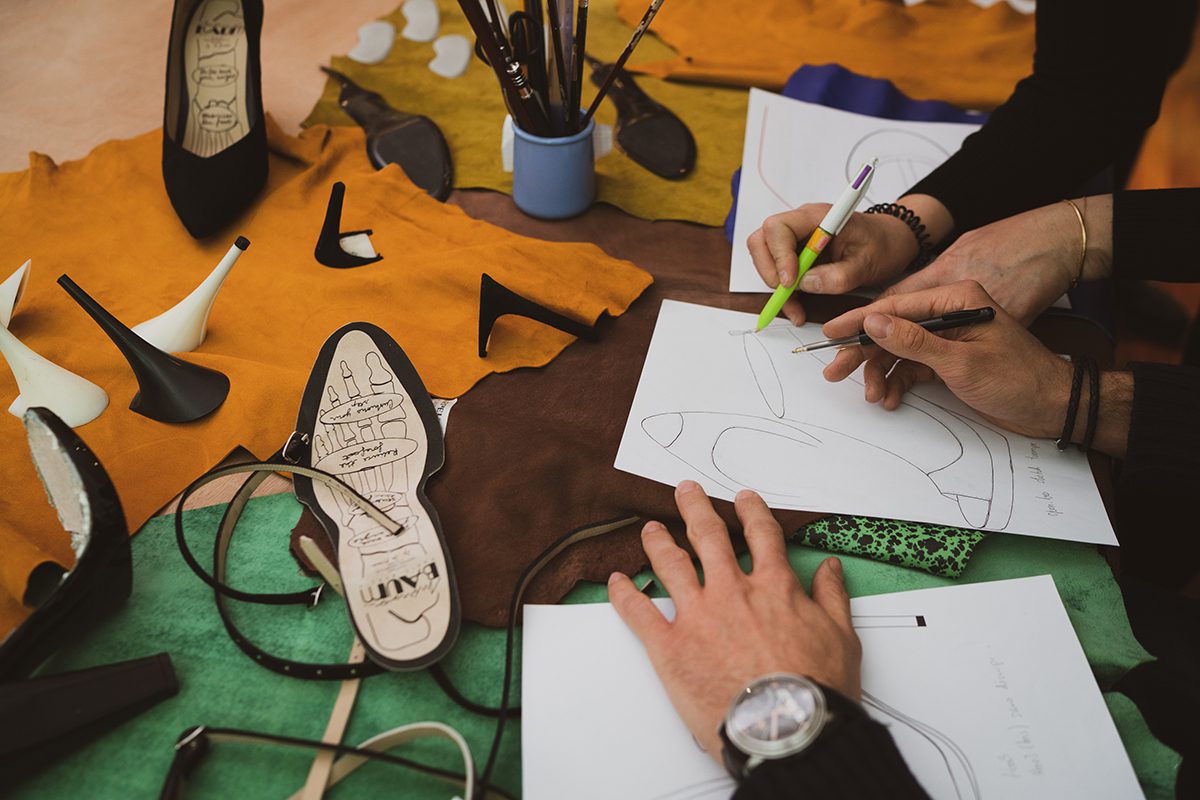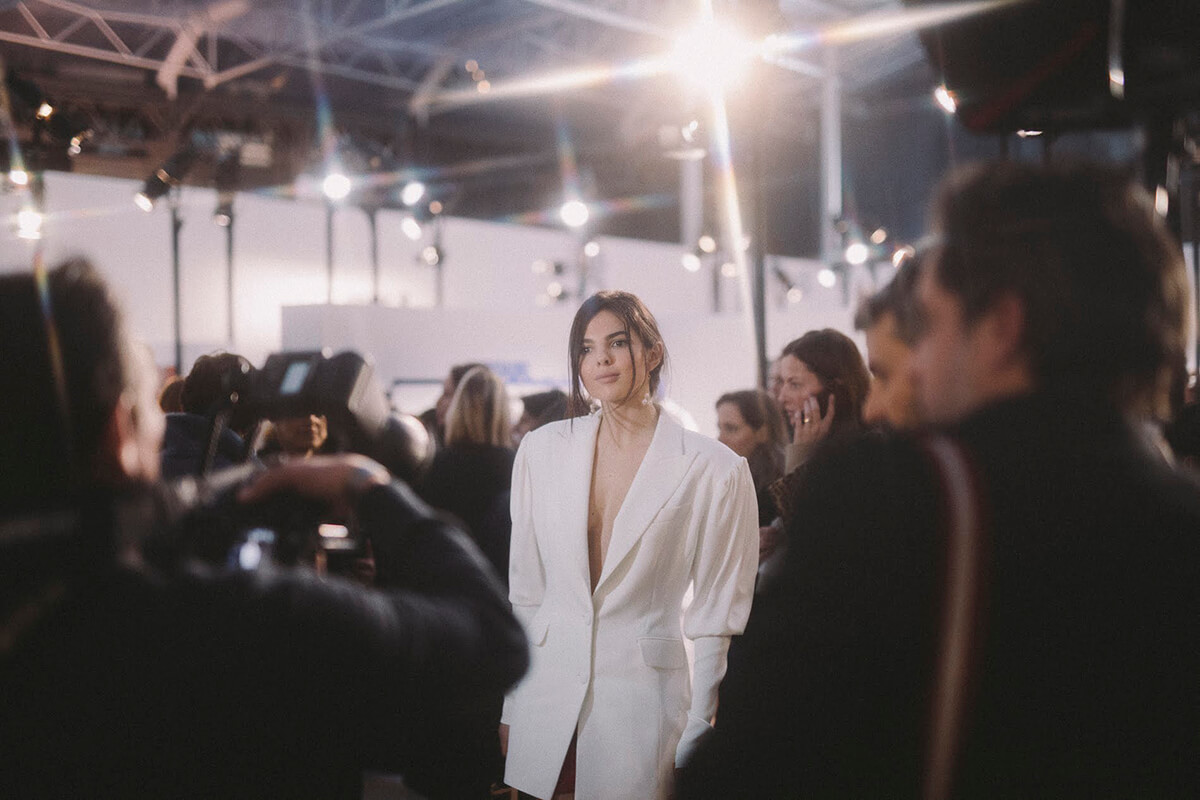
Maison Baum heels are fitted with a pain-free insole
Newly launched shoe brand Maison Baum combines French luxury design with German medical expertise to create a high heel that’s as comfortable to wear as it is stylish. We speak to co-founder Christof Baum about their patented pain-free insole, sustainable fashion and recycling

Co-founders Sophie Tréhoret and Christof Baum
1. What inspired you to start Maison Baum?
I’ve seen a lot of women around me suffer from pain in high heels, including my sister. My dad is an orthopaedic surgeon, so the idea came about naturally to explore how to apply his knowhow and make beautiful shoes with it.
In addition, French was my first foreign language and having grown up in a city just next to the border, it felt like the brand should combine my love for France while at the same time valuing my family’s German heritage.
2. How does your pain-free insole work exactly?
The insole involves seven cushioned elements that support your foot bones in just the right places to prevent your foot from slipping forward. Together with my father, I have identified the key anatomic areas which you need to relieve. Due to the anatomical insole and a couple of other measures, our shoes reduce forefoot pressure by around fifty percent and are a lot easier to keep on your feet compared to other heels.
Follow LUX on Instagram: the.official.lux.magazine
3. What’s been the most challenging part of setting up a fashion start-up?
Defining a vision and believing in it when no one else does. New challenges come at you every day and you have to cover a broad range of topics, such as accounting, design or even foot anatomy. Nevertheless no matter what happens, it’s important to focus on the work you can do to improve the situation in that moment, think ahead and surround yourself with the right people. I’ve been very lucky to work with people I value both on a professional and personal level, and this is what makes all the difference.
4. How are you tackling issues of sustainability?
Sustainability is a heartfelt desire for me. We only have one earth to live on and to take care of and as shoemakers we belong to one of the most polluting industries. Nevertheless the world we live in is complex, and you need to think sustainability from various ways.
For Maison Baum, we try to implement environmentally sound materials wherever we can and combine them with social and economic long-term sustainability. Hence, we manufacture with selected European suppliers and family-owned companies only and make 90% of our packaging from recycled cardboard. Our designs are classic and timeless and we focus on creating ever-green design superstars that you can wear for many years instead of only following the latest fashion trends that will make you throw away your heels after a few months of wearing them.
However, combining feminine design with the largest medical soundness to make them “sustainable” for the body remains our utmost priority.
Read more: Designer Mary Katrantzou on the business of fashion

Inside the Maison Baum workshop
5. If you could change one thing about the fashion industry, what would it be?
It would be to have internationally-binding and actually enforceable standards on the potential disassembly of shoes. We humans throw away and burn an insane amount of fashion and footwear every year. The number one reason why shoes are so rarely recycled is that most are glued together and can’t be easily separated into their constitutive materials.
6. What’s the longest period you’ve spent wearing Maison Baum heels?
10 hours straight at home. But I wouldn’t repeat that in public.
Find out more: maisonbaum.com













Recent Comments